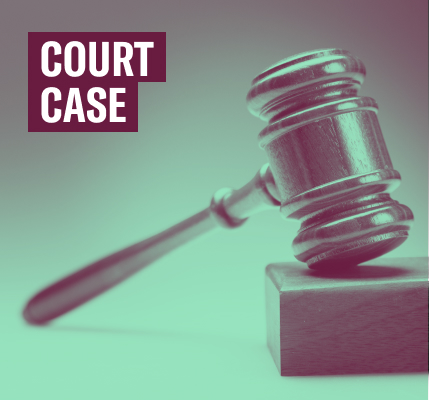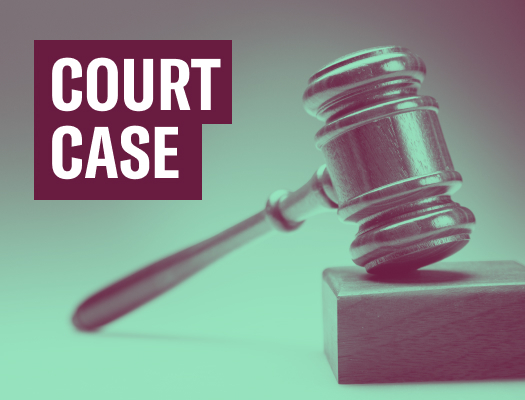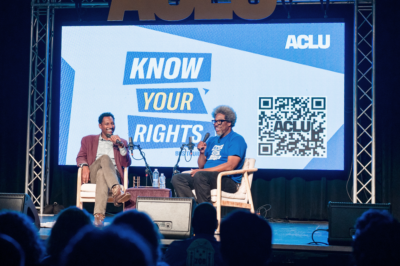Police Kill Disabled People with Frightening Regularity. Keith Lamont Scott is Just the Latest Victim.


Last week in Charlotte, North Carolina, police shot and killed Keith Lamont Scott, a Black man with a disability. This happens with gut-wrenching frequency. It happened again this week in El Cajon, California, where police shot and killed Alfred Olango, a Black man with mental illness. Yet disability is often overlooked as a factor in police killings and use of force.
A recent widely cited report on the issue estimates that up to one half of all use of force incidents involve individuals with disabilities, noting that “[d]isability is the missing word in media coverage of police misuse of force.” People with mental disabilities, especially people of color, are particularly at risk of being shot or beaten by the police.
Mr. Scott’s horrific killing, captured on video, is far too typical. Just before police shot and killed Mr. Scott while he was sitting in his car, his wife shouted, “He has a TBI. He’s not going to do anything to you guys. He just took his medicine.”
A “TBI” is a traumatic brain injury, and it’s a term widely known within law enforcement and other emergency service providers. As with a number of disabilities in the U.S., African-Americans are more likely to have a TBI. People with brain injuries experience problems in cognitive skills and typically think, speak, and process information more slowly than other people. A person with a traumatic brain injury easily becomes confused with sudden changes in their environment and may not be able to immediately understand and comply with police commands.
The videos released so far do not show any attempt by the police to seek more information — or to take into account the information provided on the scene — regarding Mr. Scott’s disability. The Charlotte-Mecklenburg Police Department must release all footage and dispatch information associated with the shooting so that Mr. Scott’s family and the public can better understand whether Mr. Scott posed an immediate threat and whether de-escalation strategies such as patience, calm communication, and backing up could have prevented this latest fatal police shooting.
As in many similar incidents, police contend that Mr. Scott was shot because he failed to comply with their commands. But seeking immediate compliance from a person with a TBI, PTSD, or a similar disability and then shooting them dead for noncompliance is in effect killing someone based on their disability. Absent an immediate threat that cannot be safely contained, this type of lethal policing violates the Constitution and the Americans with Disabilities Act.
We know how to achieve safer outcomes. Last year, San Francisco police shot Mario Woods more than twenty times after surrounding him and demanding that he drop his knife. But last week, police in San Francisco safely resolved a standoff with an armed suicidal man pacing with a gun outside of city hall. Officers responding to the scene saw the weapon. But rather than confronting him, they cordoned off the area and brought in crisis negotiators to talk to the man, calm him down, and wait him out. After several hours, the man surrendered, and the police arrested him and took him to a psychiatric hospital for treatment. And last year, police in Camden, N.J., safely deescalated a situation with a man brandishing a knife by keeping their distance and using calm communication. This type of safer policing should be available to everyone.
What will it take to end the epidemic of avoidable police killings?
Police departments must change policies, practices, and procedures. Use of force policies must prioritize deescalation and the preservation of life over compliance. Law enforcement leadership and chain of command must be committed to eliminating the compounding effects of bias against people of color and disability discrimination. Police need to provide real accountability: transparency, community oversight, and direct consequences for officers and supervisors who fall short. And we need to strengthen our community mental health resources and outreach to prevent confrontations between armed officers and individuals with disabilities in the first place.




